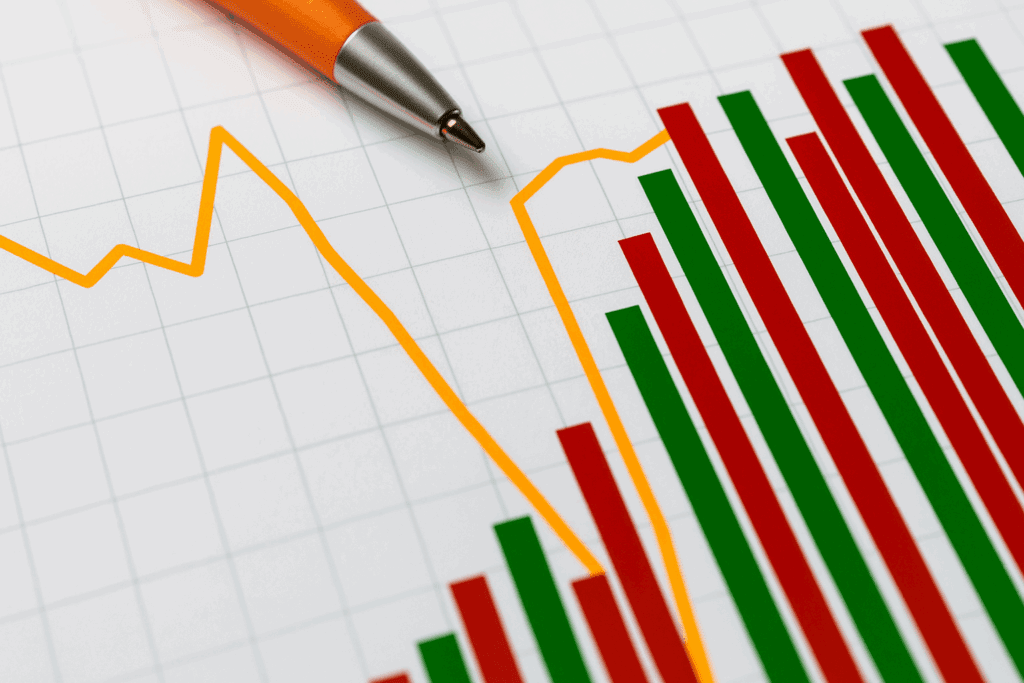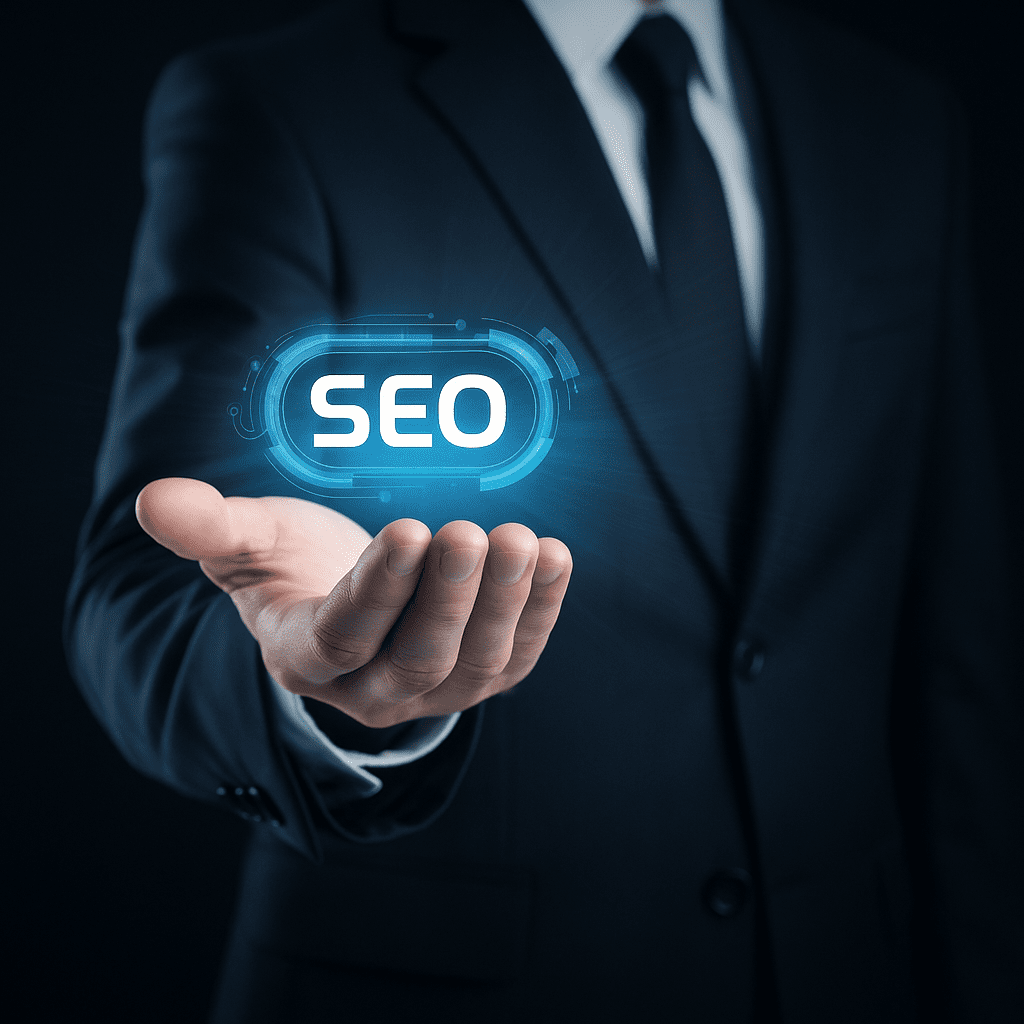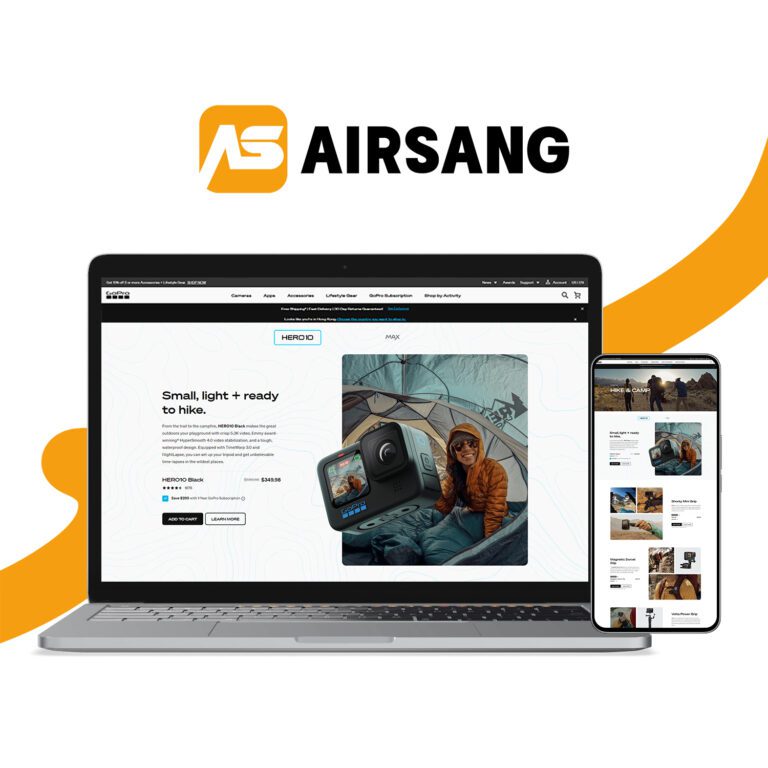Why Does a High Bounce Rate Indicate Poor Webpage Quality?
Noticing visitors leaving your site right away? A high bounce rate could be the red flag. It often signals poor user experience or weak content.
At Airsang Design, we help businesses turn this around with smart, user-focused design. In this post, we’ll break down why bounce rate matters—and how to keep visitors engaged longer.

What Bounce Rate Really Means
Before fixing a high bounce rate, you need to know what it means. It’s the percentage of visitors who leave a page without taking any action—no clicks, no scrolls, no interaction.
For example, if 100 people visit and 50 leave instantly, your bounce rate is 50%. This metric reveals how engaging your content and design are. A high rate usually signals something’s off with your page.
What Does a High Bounce Rate Indicate About Your Website?
Here’s why a high bounce rate often signals trouble:
- User Frustration – Visitors leave fast when your content or layout doesn’t meet their expectations.
- Poor UX – Confusing navigation, outdated design, or hard-to-read text drives users away before they engage.
- Irrelevant Content – If your page doesn’t match what users are searching for, they’ll bounce to a better result.
Technical Factors That Lead to High Bounce Rates
Technical issues can quietly drive up your bounce rate. Here are three common culprits:
- Slow Load Times – Users won’t wait; if your page takes too long, they’ll leave before it loads.
- Poor Mobile Experience – If your site isn’t mobile-friendly, users on phones or tablets will bounce fast.
- Broken Links & Errors – 404s and broken pages frustrate visitors and damage trust, leading to quick exits.
Bounce Rate vs. Conversion Rate: What’s the Connection?
A high bounce rate often leads to low conversions. When visitors leave without taking action—like buying, signing up, or contacting you—you miss key opportunities. This directly impacts revenue and ROI. To grow your business, focus on lowering bounce rates while boosting conversions.
SEO and Your Position in Search Results
Search engines like Google factor in user engagement—like bounce rate and time on page—when ranking content. A high bounce rate suggests low relevance, which can hurt your SEO. By reducing bounce rates and improving engagement, you boost both user experience and search visibility.

How Bounce Rate Affects Your Brand Image
Your website shapes how users see your brand. A high bounce rate—caused by poor design, slow speed, or irrelevant content—can make your business seem unprofessional. In contrast, an engaging, well-performing site builds trust, boosts credibility, and encourages loyalty.
Effective Ways to Lower Your Website’s Bounce Rate
Here’s how to reduce bounce rate and keep visitors engaged:
- Simplify navigation for easier browsing
- Match content to user intent
- Use strong headlines, visuals, and readable text
- Make your site mobile-friendly
- Add clear, actionable CTAs
- Guide users with smart internal linking
- Partner with Airsang Design for trusted, high-impact design
Conclusion
Seeing a high bounce rate? Don’t worry—Airsang Design can help.
We specialise in boosting website performance by improving speed, content relevance, and user experience. Our expert team crafts strategies that keep visitors engaged and turn your site into a high-performing sales tool.
Ready to upgrade your website? Let’s talk.
















